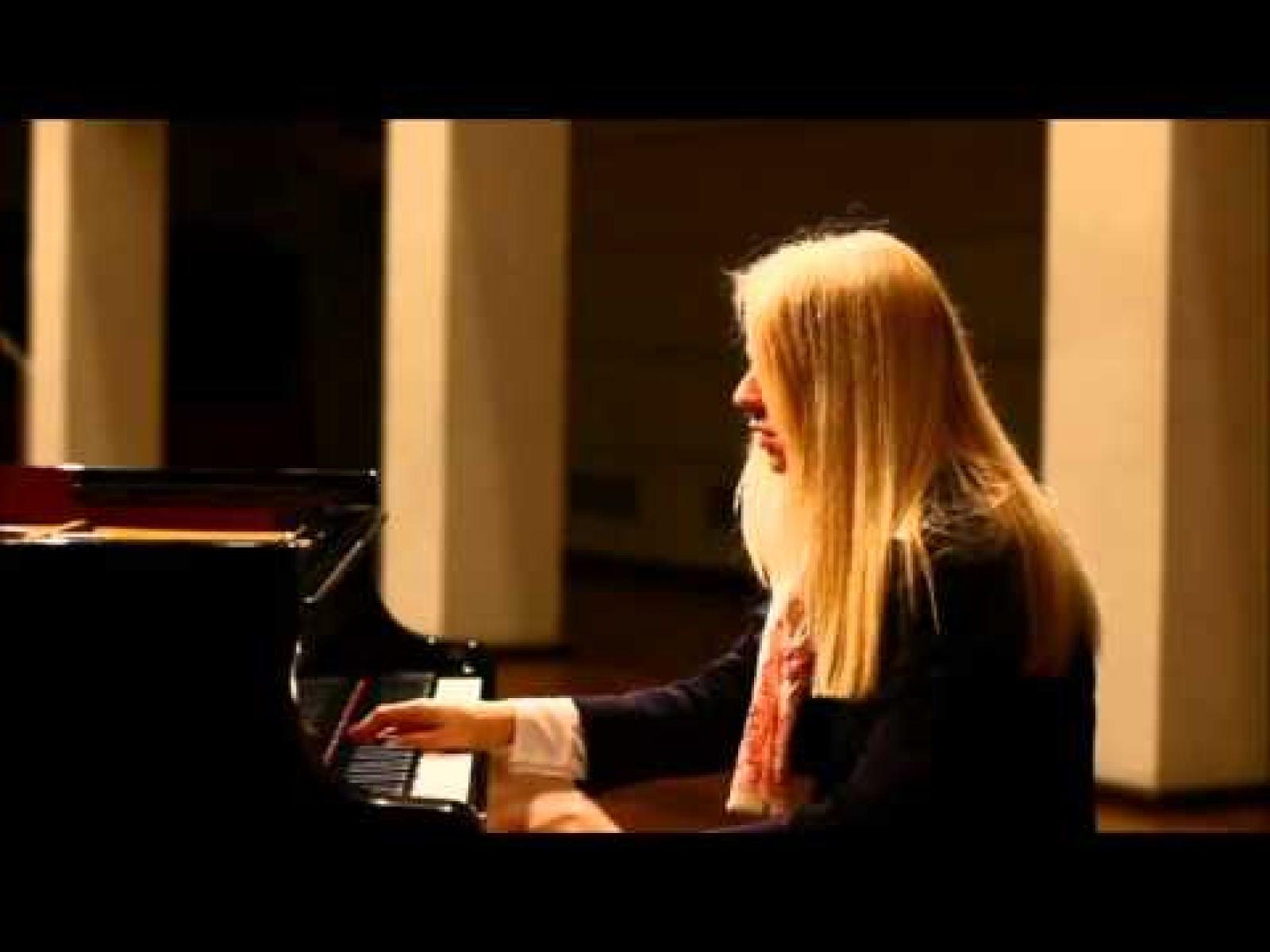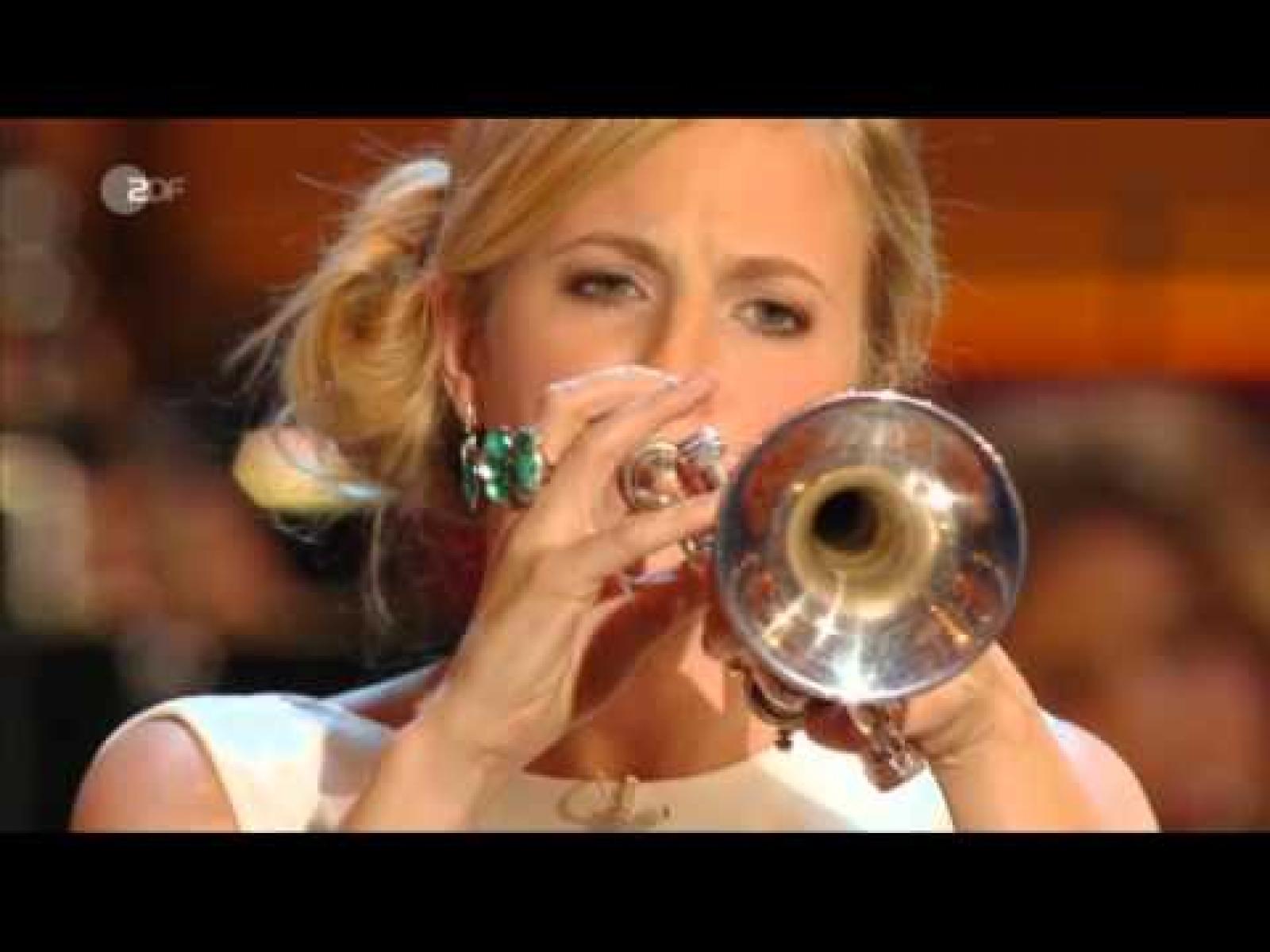
Tuesday:
Afternoon - Motueka
Wednesday:
School Hours - NCMA/My house in Stoke
After school - 3:30pm My house in Stoke
Thursday:
School Hours - NCMA/My house in Stoke
After school - 3:30pm My house in Stoke
Friday:
School Hours - NCMA/My house in Stoke





